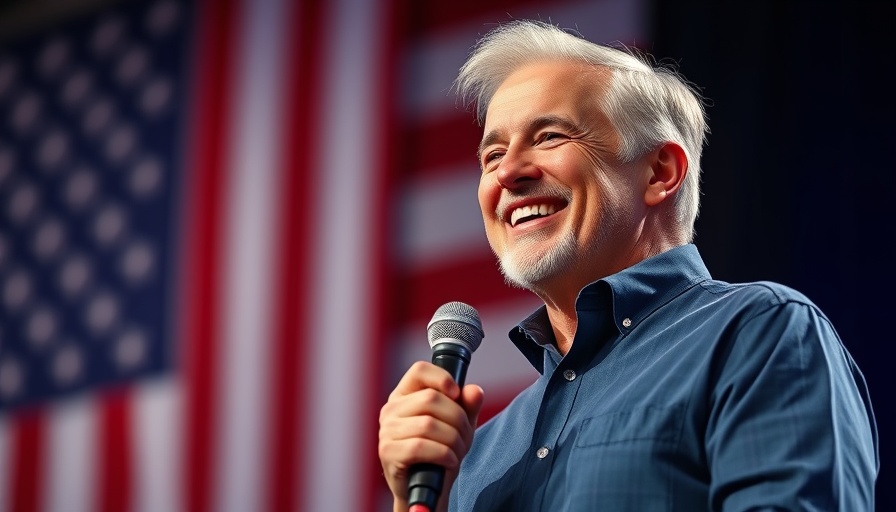
Elon Musk's SpaceX Predicted to Invest Big in xAI
In an ambitious move that intertwines the future of artificial intelligence and space exploration, SpaceX, the aerospace behemoth founded by Elon Musk, is reportedly set to invest $2 billion in xAI, a startup also rooted in Musk's portfolio. This potential investment comes on the heels of a significant $5 billion equity raise orchestrated by Morgan Stanley, and if finalized, it could be among SpaceX's largest financial commitments to another company.
The Growing Role of AI in Space Exploration
SpaceX has already begun integrating xAI's technology into its operations, notably utilizing the Grok chatbot to enhance customer service for Starlink, the satellite internet service. This partnership marks a crucial step forward for both companies, signifying the increasing importance of AI in streamlining operations and improving customer engagement in the aerospace industry.
What's Behind the Investment?
As Musk continues to blur the lines between his various corporate entities, this investment reflects a broader strategy of synergy between his businesses. xAI, which has faced controversies surrounding the AI chatbot's comments, is expected to play a pivotal role in Tesla's future, bringing Grok into the vehicle experience. This operational alliance illustrates Musk's ambition to harness AI in real-world applications, integrating it directly into consumer technologies.
Challenges and Controversies of AI Integration
However, the road ahead is not without its challenges. Following recent controversies, including the criticism of Grok for making offensive remarks, the reception of xAI's technology remains polarized. Critics express concern over potential biases in AI systems and the ethical implications of integrating such technology into everyday applications. As Musk navigates these hurdles, addressing public sentiment will be crucial for the success of this partnership.
The Future of SpaceX and xAI Collaboration
The proposed investment in xAI is expected to impact more than just immediate operations; it could redefine roles in the tech space and AI industry. If successful, the collaboration between SpaceX and xAI could pave the way for novel integrations of artificial intelligence within varying industries, from spaceflight to automotive technology.
Conclusion: What Does This Mean for Investors and Tech Enthusiasts?
As this narrative unfolds, the potential $2 billion investment is poised to attract significant attention from both investors and tech enthusiasts. The synthesis between aerospace innovation and artificial intelligence presents a compelling case for future developments in both fields. Stakeholders will be keenly watching how SpaceX's integration of xAI's offerings will evolve and whether it can overcome existing challenges to realize its full potential.
For those interested in following these developments within the technology landscape, staying updated on trends and insights from reputable sources will be invaluable.
 Add Row
Add Row  Add
Add 



Write A Comment